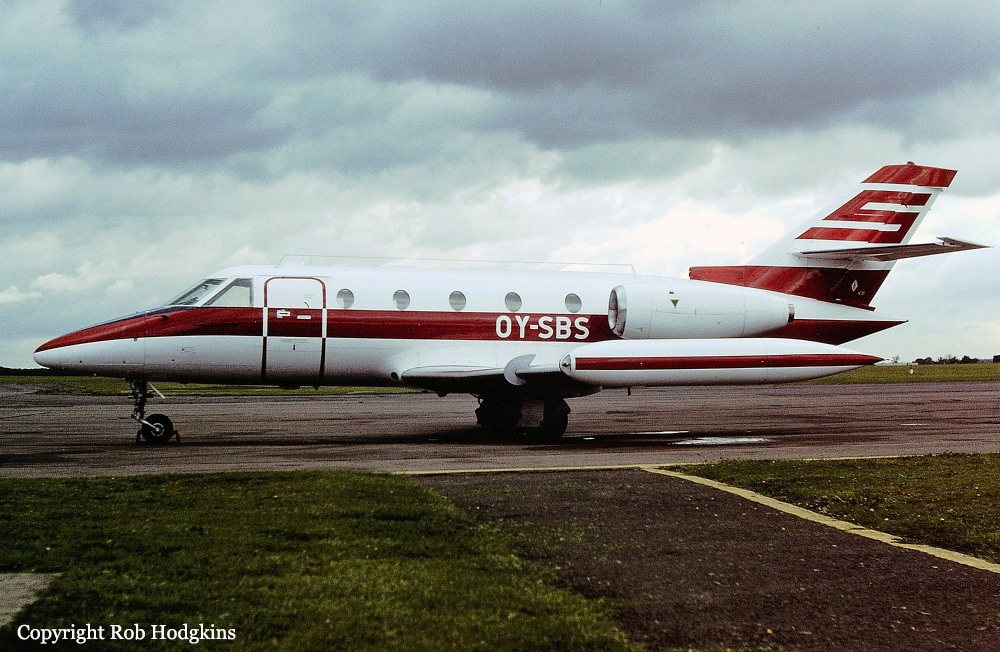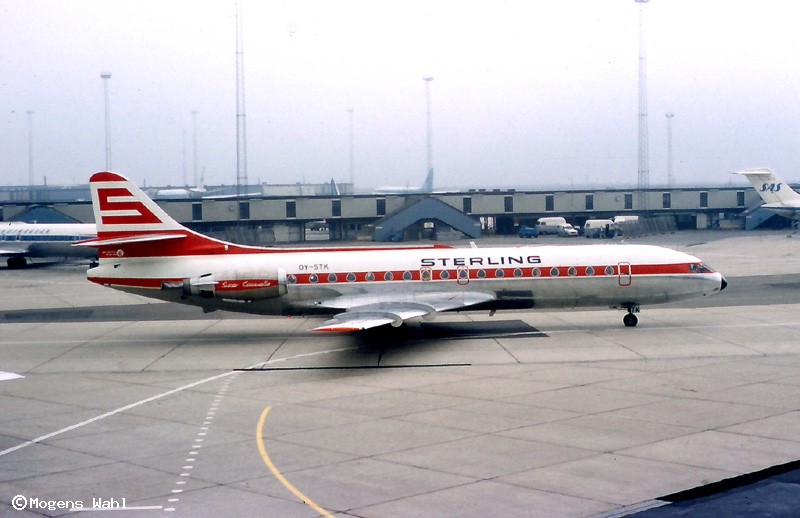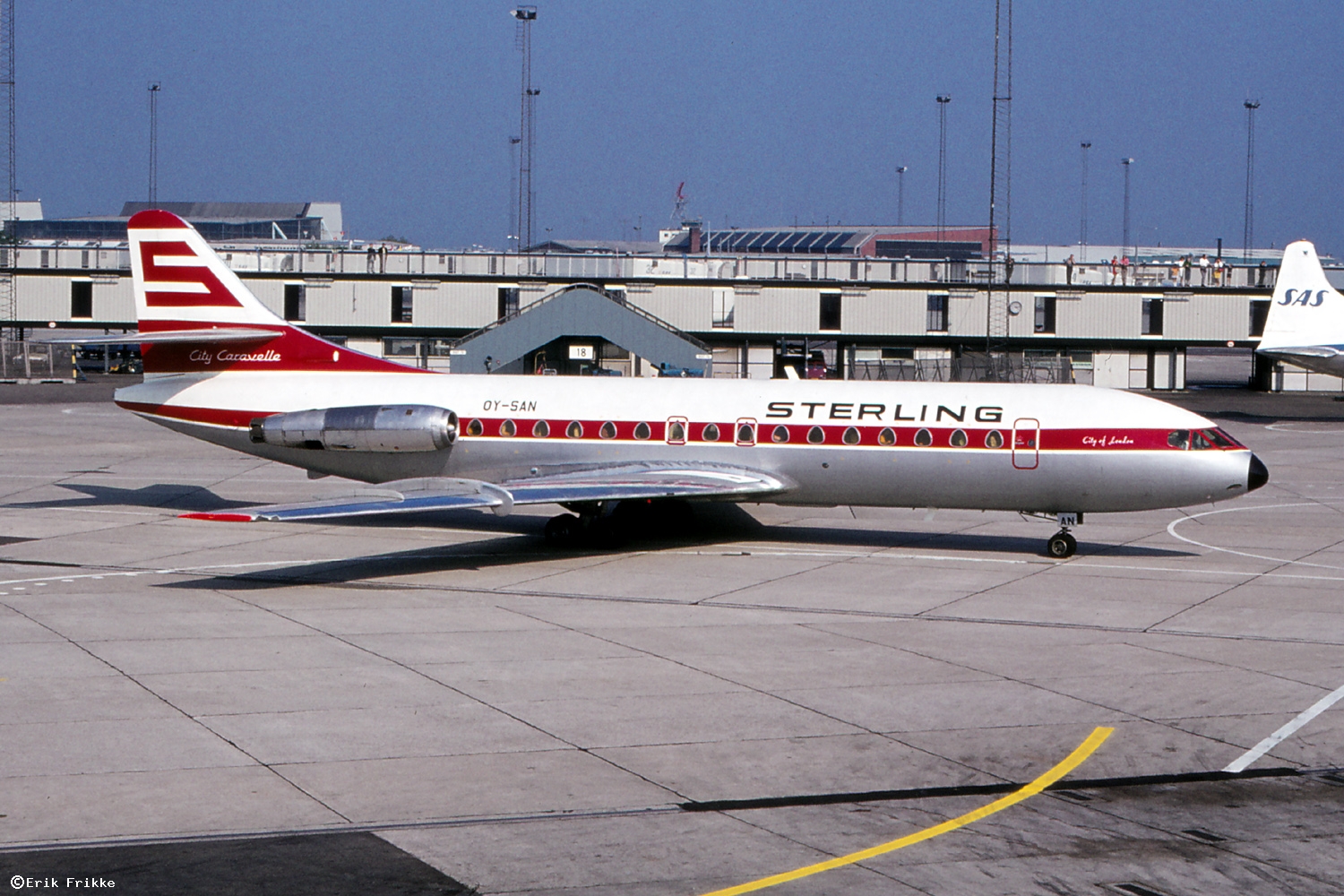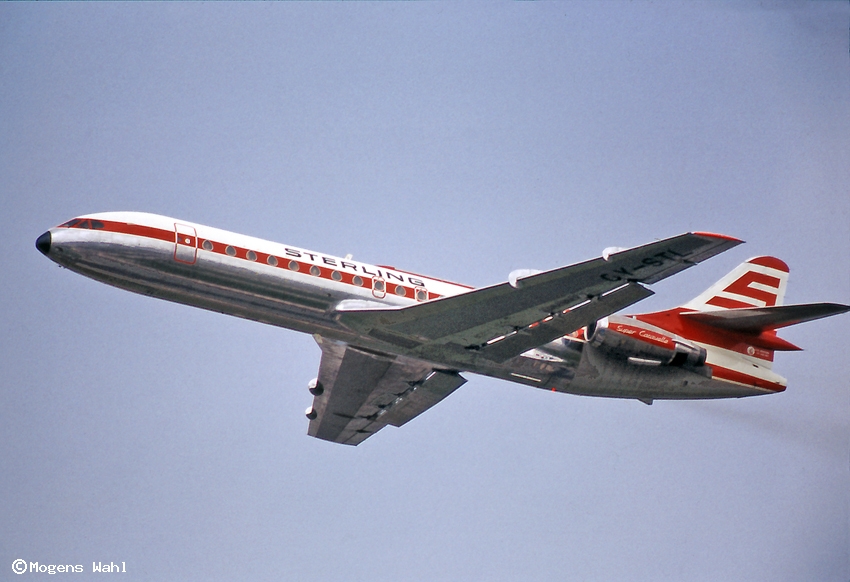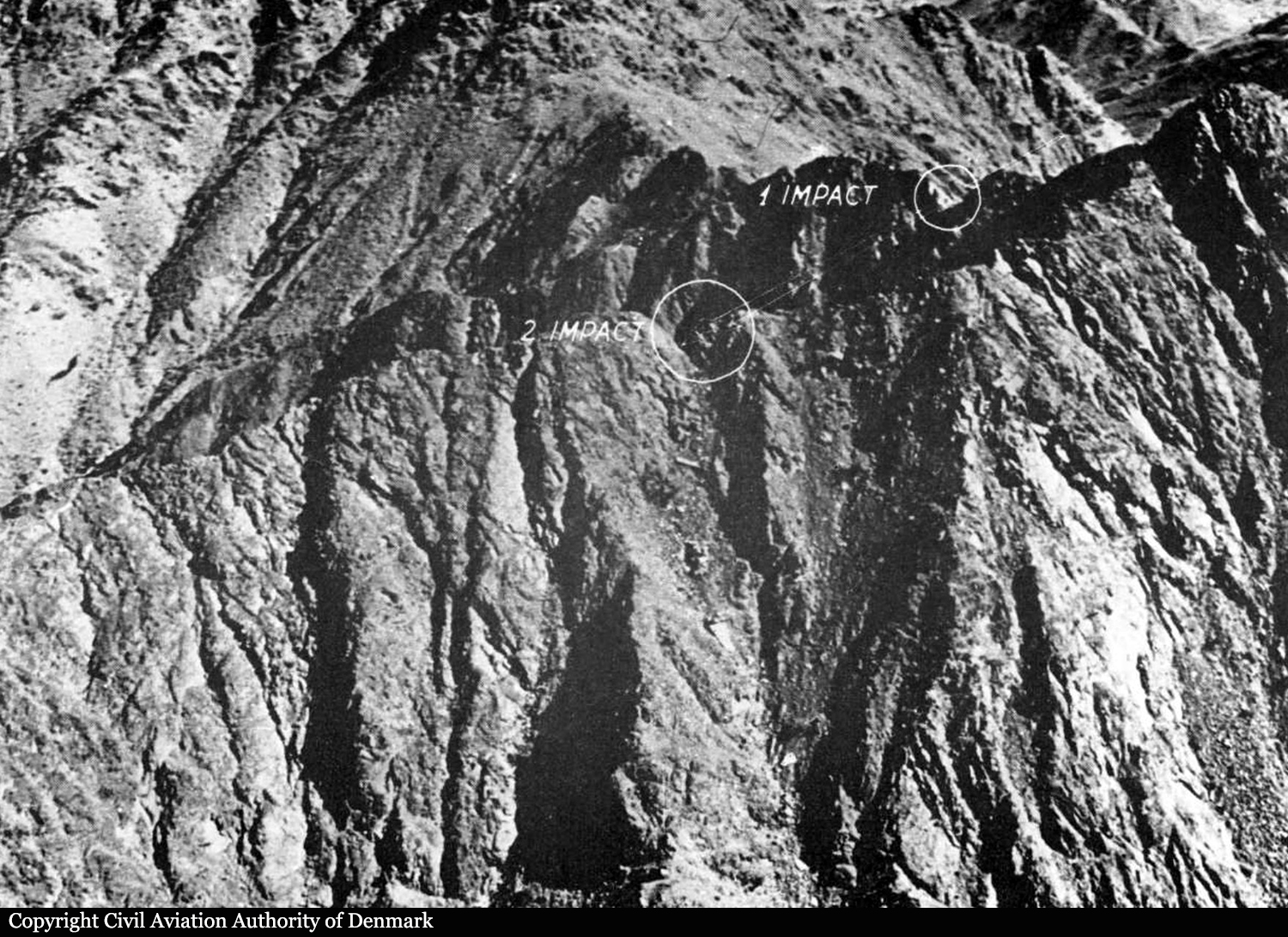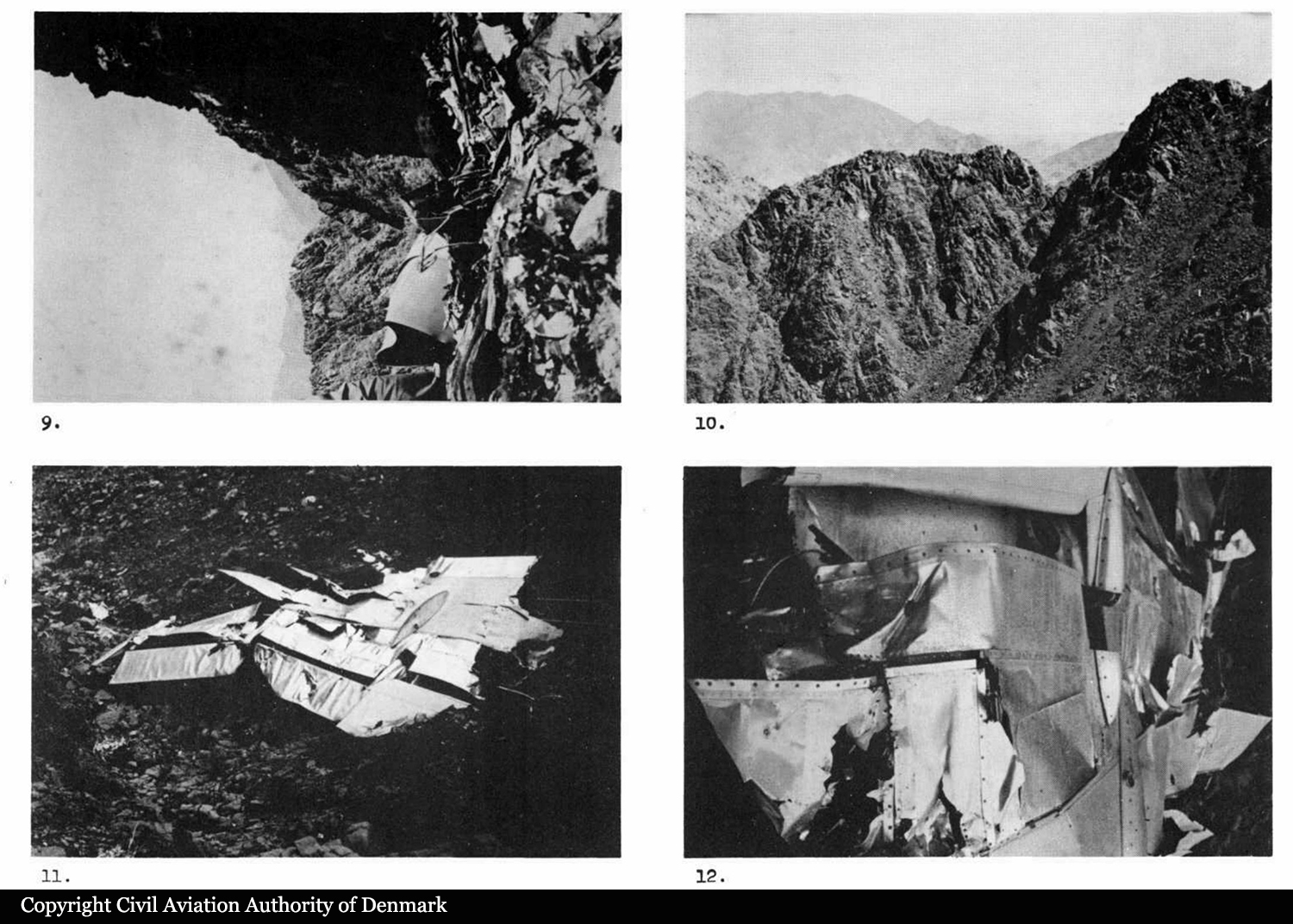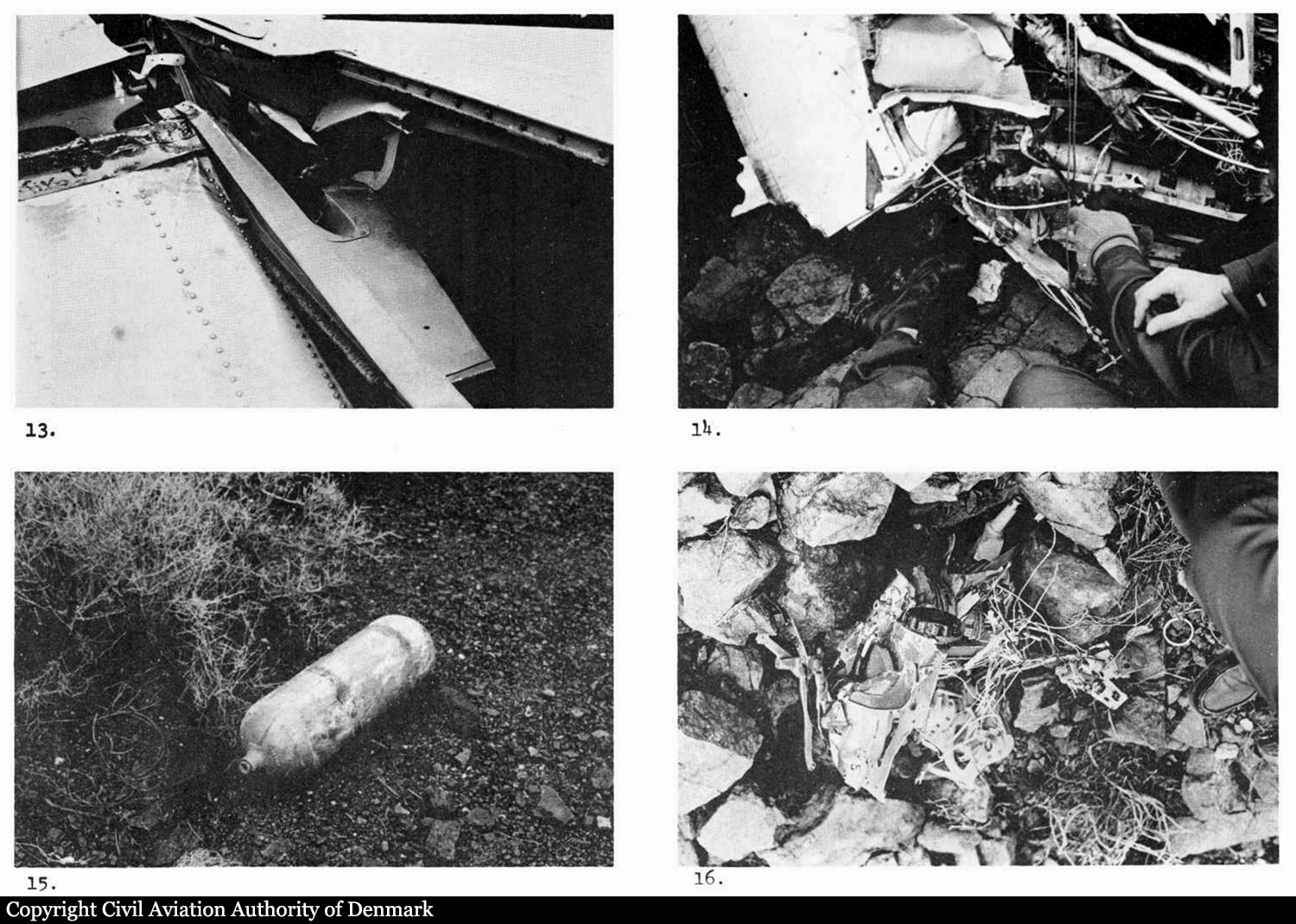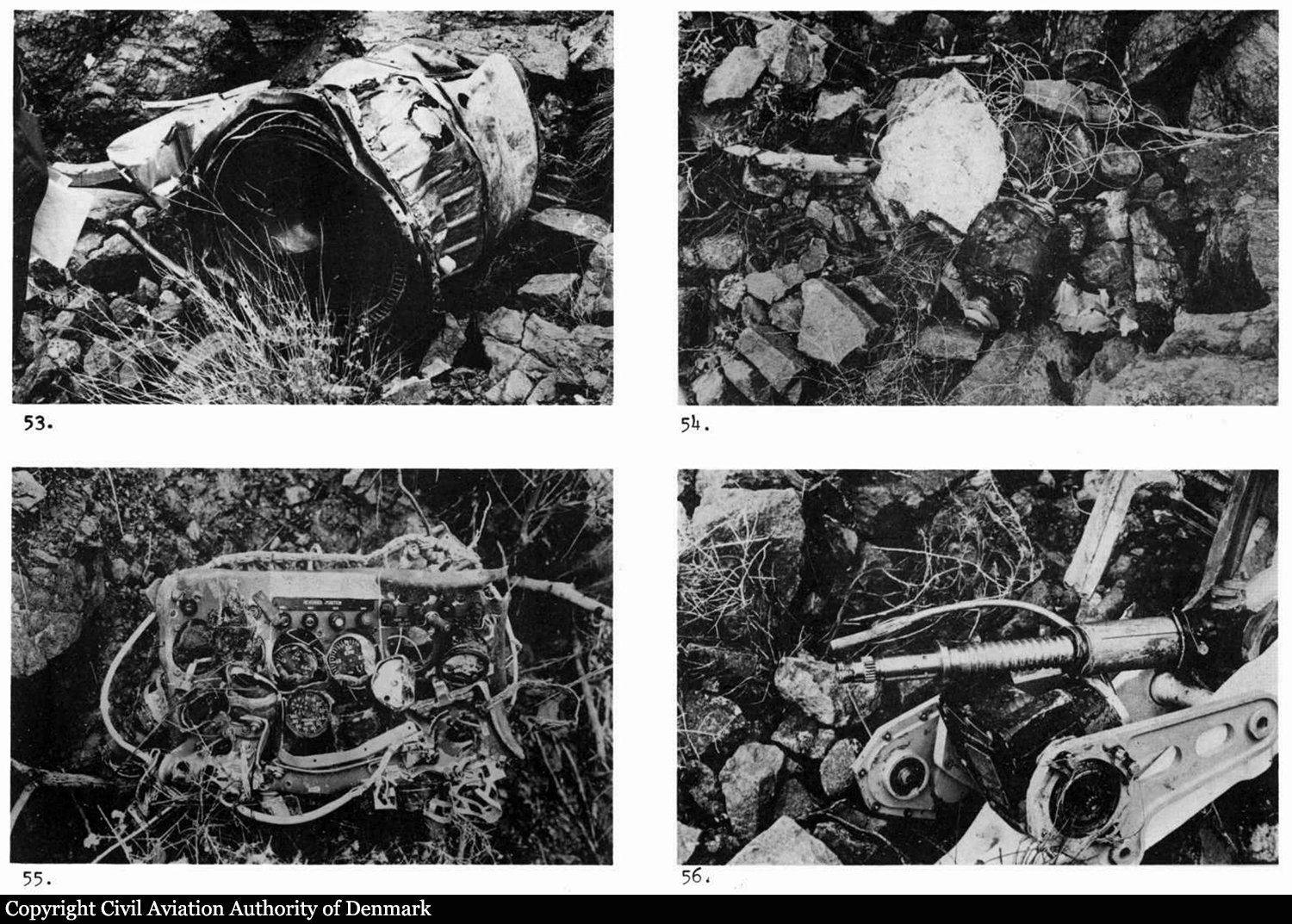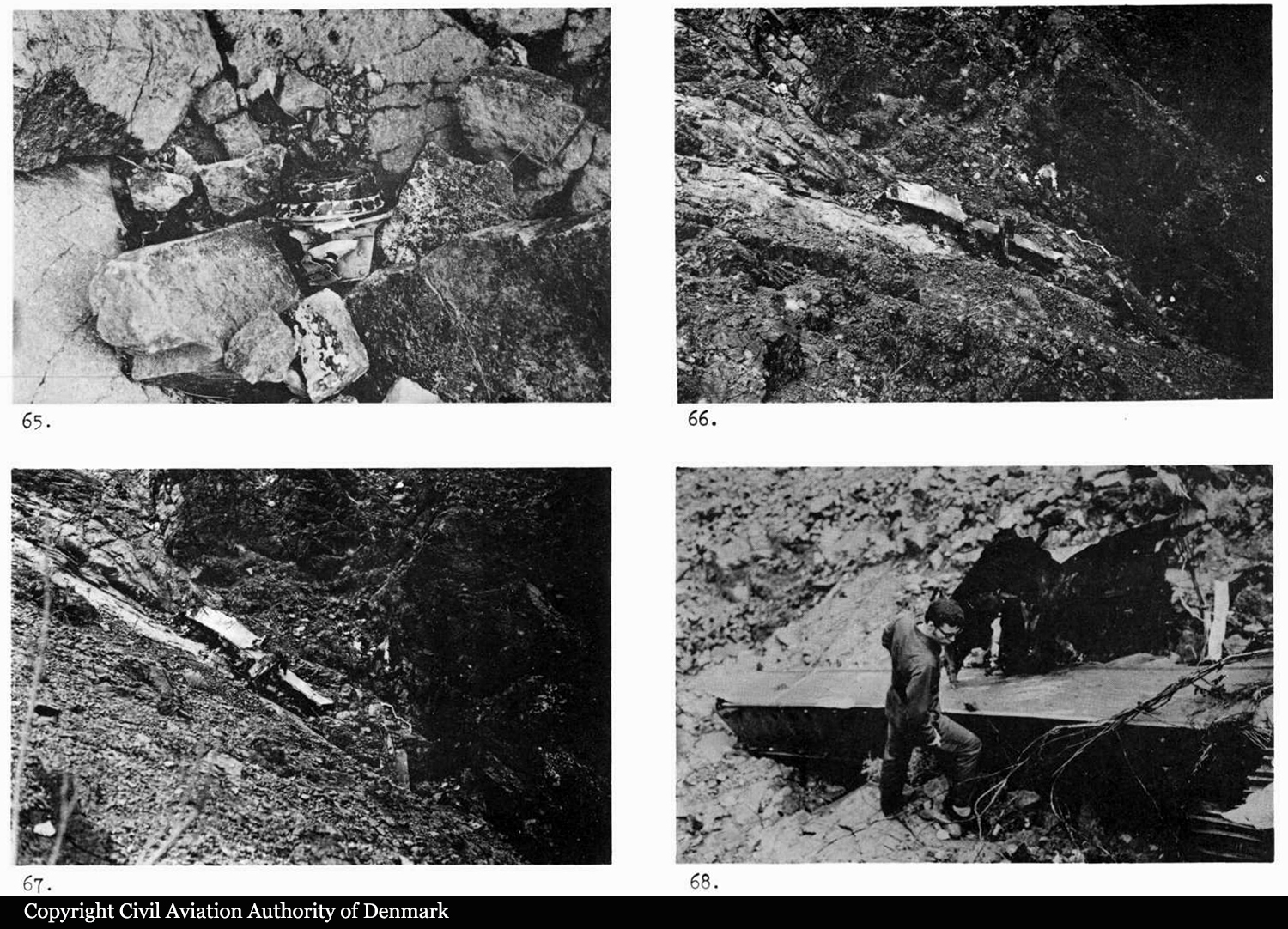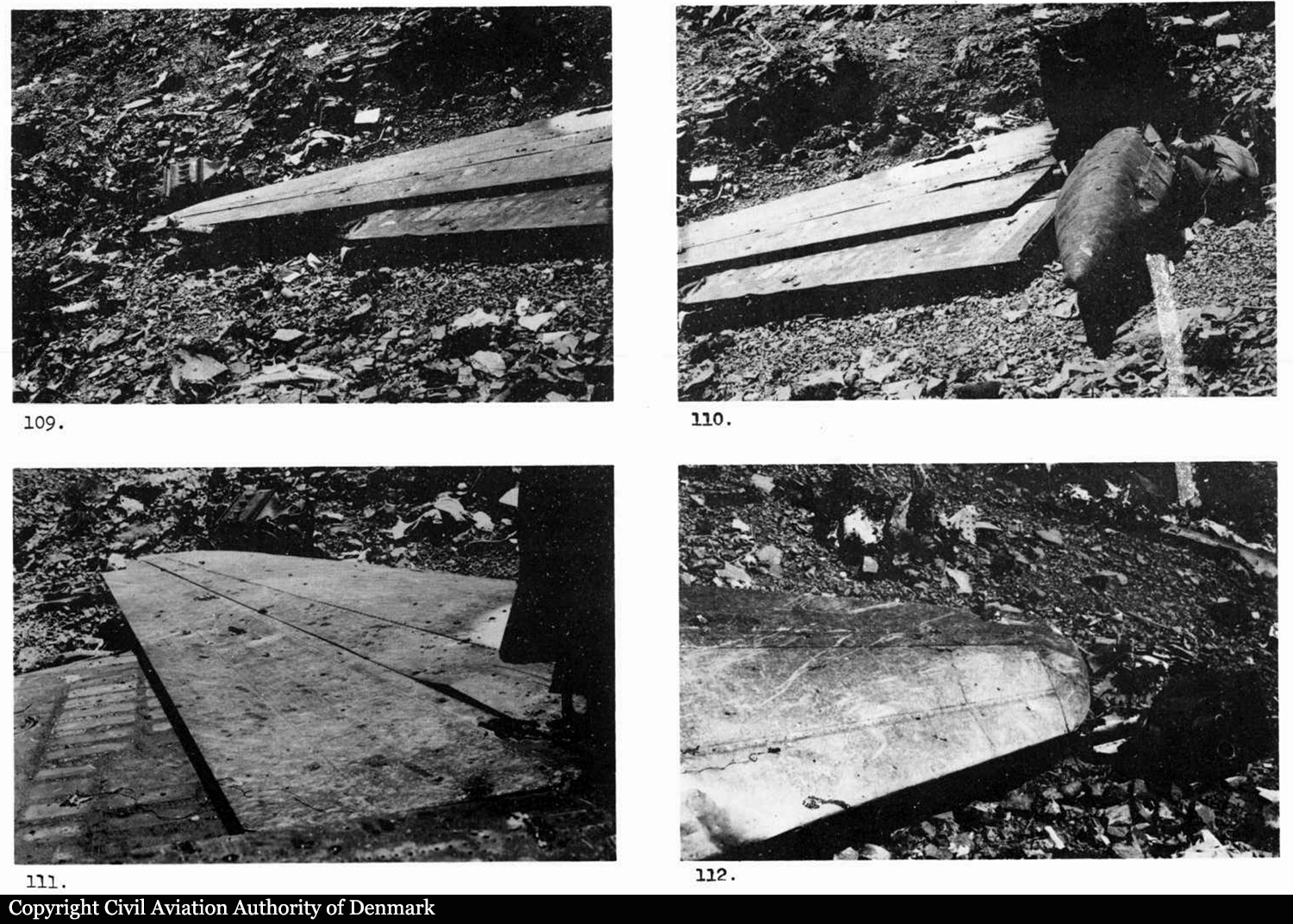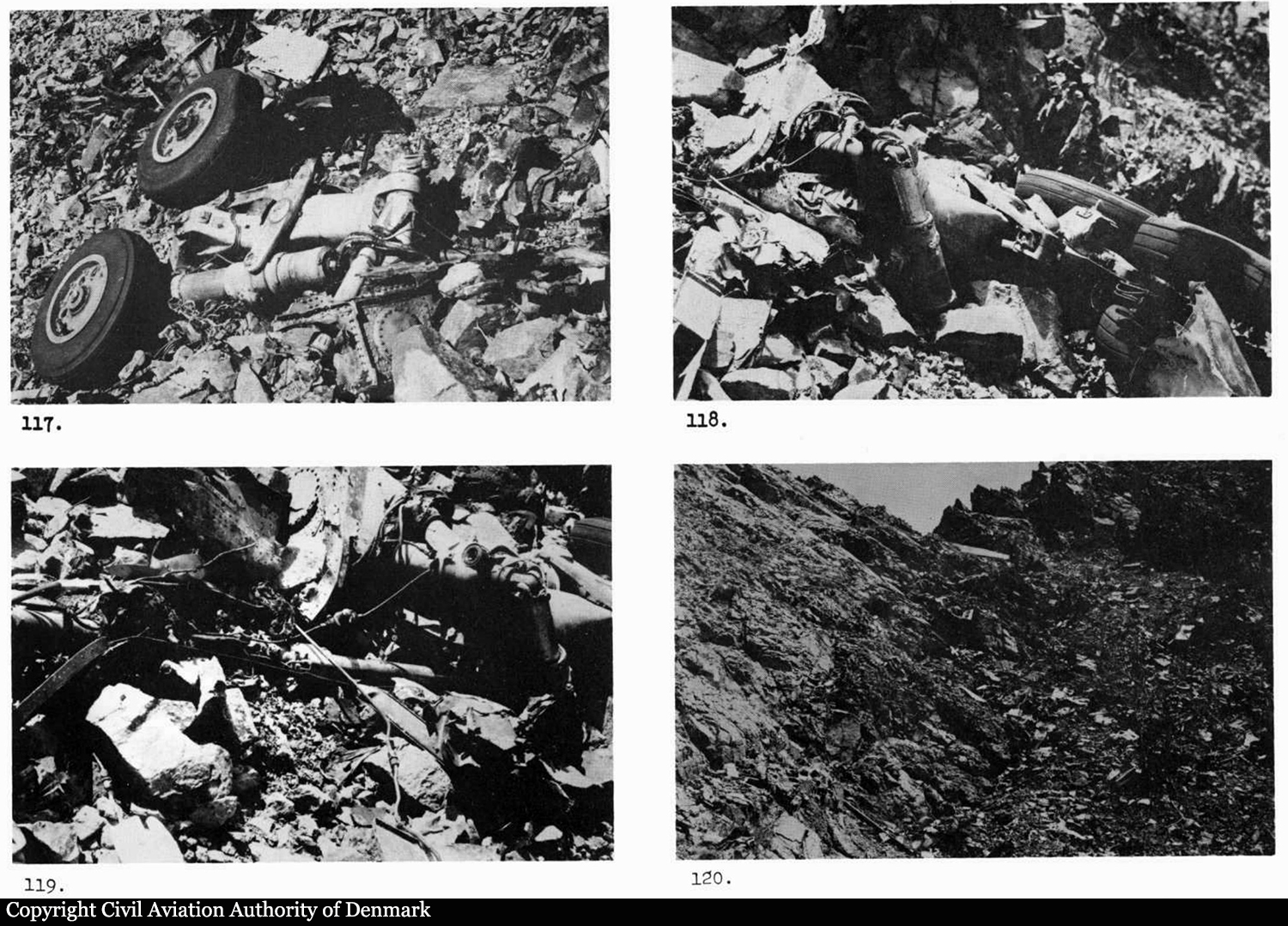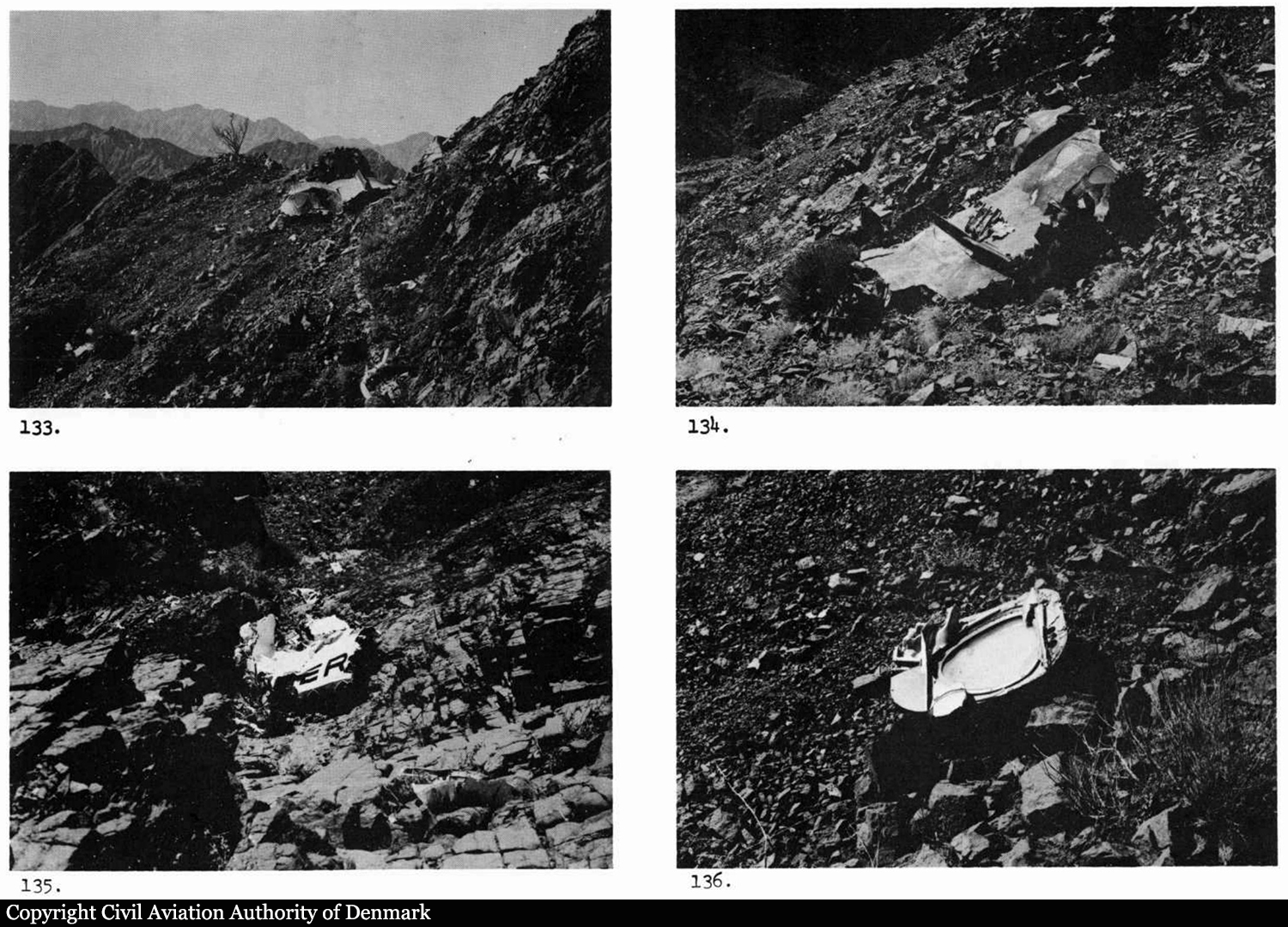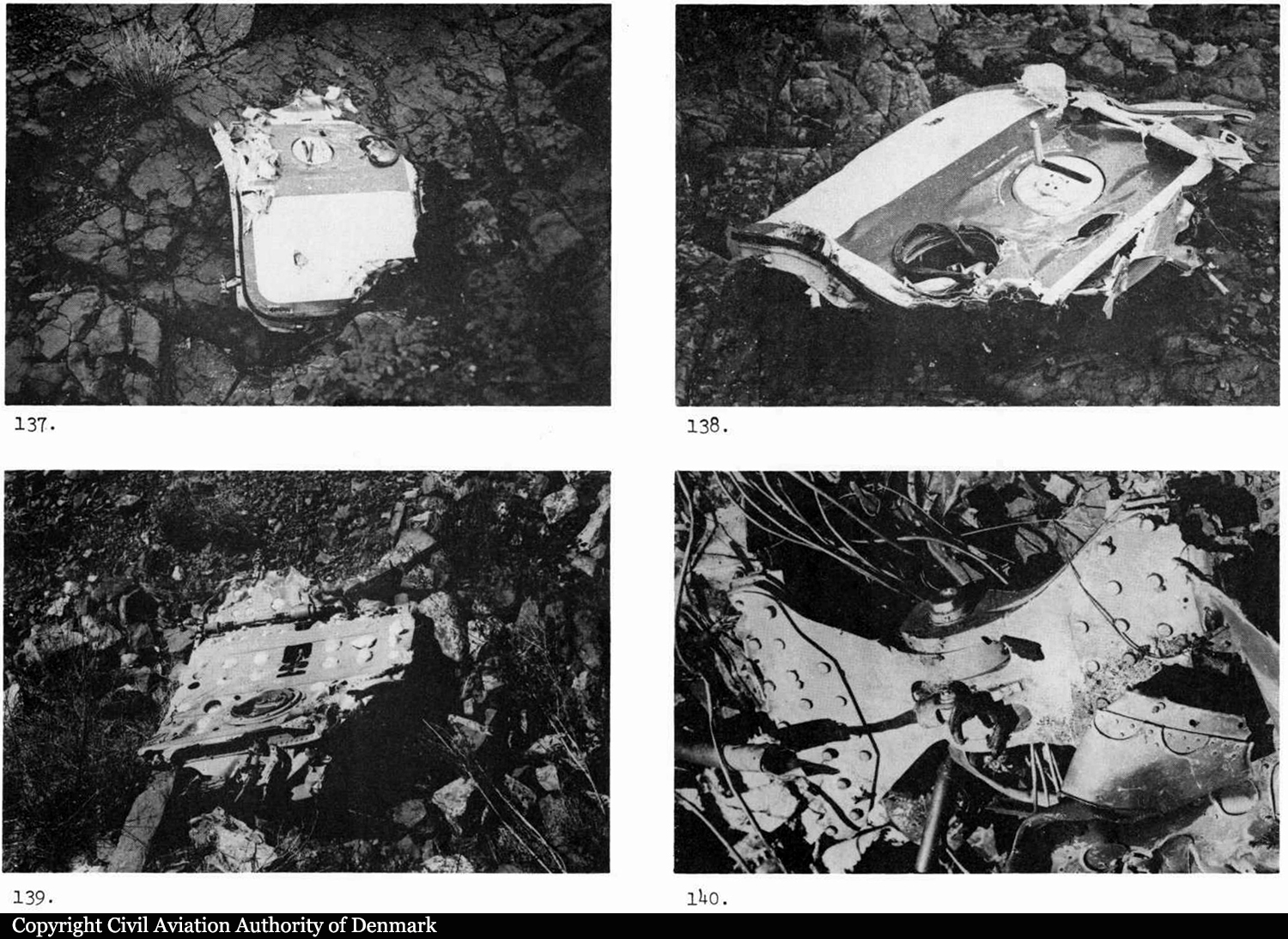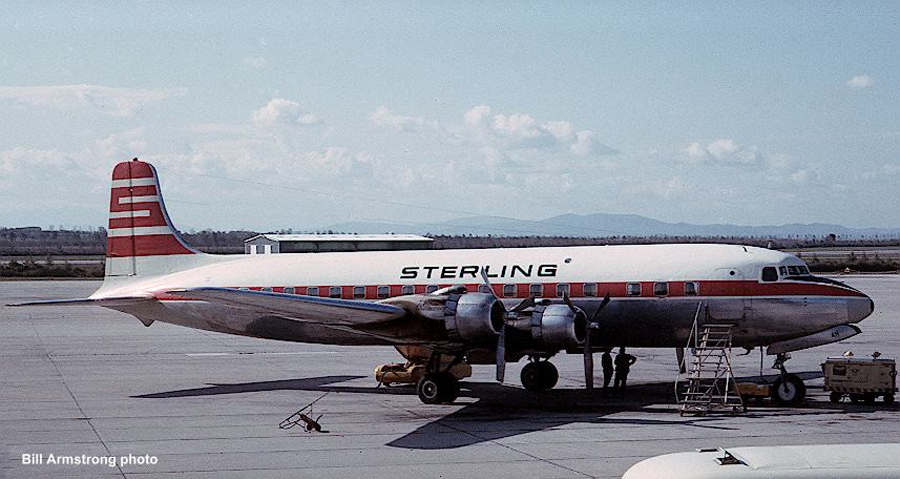Crash of an Aérospatiale SN.601 Corvette off Nice: 10 killed
Date & Time:
Sep 3, 1979 at 1820 LT
Registration:
OY-SBS
Survivors:
No
Schedule:
Copenhagen – Stockholm – Coventry – Nice
MSN:
21
YOM:
1975
Flight number:
NB4133
Crew on board:
2
Crew fatalities:
Pax on board:
8
Pax fatalities:
Other fatalities:
Total fatalities:
10
Captain / Total hours on type:
270.00
Copilot / Total hours on type:
113
Aircraft flight hours:
5161
Circumstances:
The twin engine airplane was completing an on-demand taxi flight from Copenhagen to Nice with intermediate stops in Stockholm and Coventry, carrying members from the Corporate of the Swedish Group Atlas Copco. On final approach to Nice-Côte d'Azur Airport, while completing a last turn, the airplane stalled and crashed into the sea about one km short of runway 05 threshold. Few debris were found floating on water while the main wreckage sank in a canyon by a depth of about 1,500 meters. All 10 occupants were killed.
Probable cause:
It was determined that the accident was the consequence of a stall on final approach after both engines stopped quite simultaneously. Investigations were unable to determine the exact cause of the right engine failure while it is believed that the left engine stopped following the failure of the accessory drive gearbox. This resulted from the evolution of fatigue cracks observed on other engines of the same type.
Final Report:
